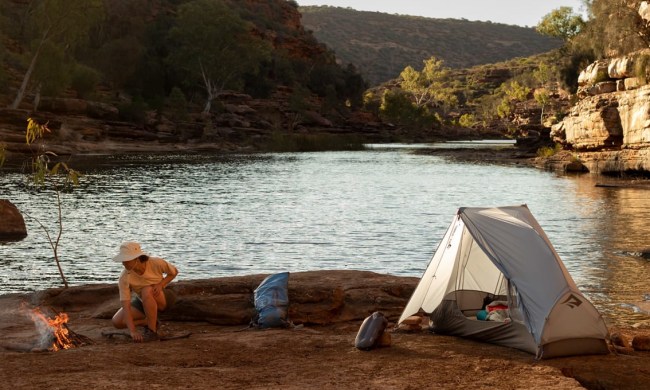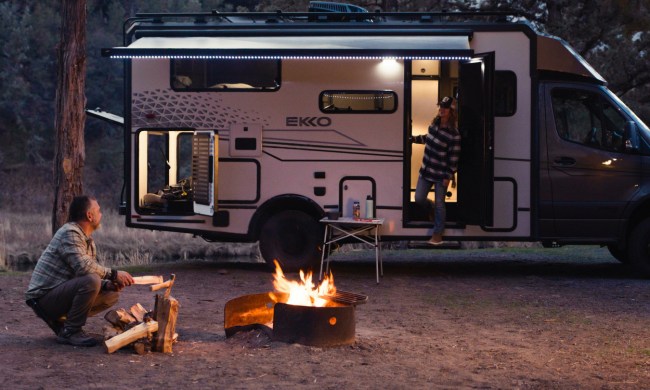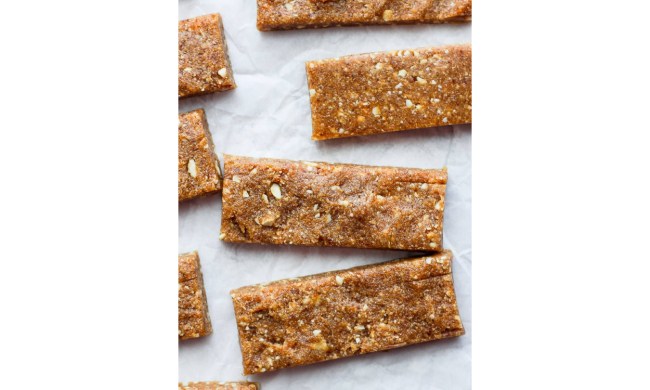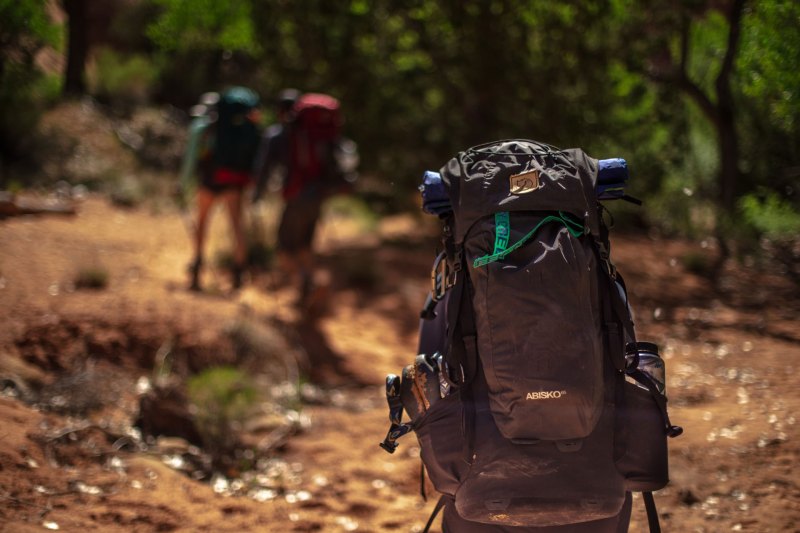
Selecting the perfect outdoor backpack for your activities can make or break a trip. A good backpack should suit the length of time you plan to be gone and fit well to prevent soreness or injury. This is how a backpack size guide can help. But the best backpacks should also have the design features that you prefer to ensure you can efficiently pack and get to anything you need. While many people make the mistake of picking a backpack based on looks, that is far from the only thing you should be concerned with. Fortunately, you can have it all if you know exactly what to look for while shopping online or in stores.
How to Measure Torso for a Backpack

While shopping in a store is helpful for getting a proper backpack fitting, there is also a chance that the packs in stock and available at the store might not fit all of the criteria of your perfect pack. That’s why it can be very helpful to know how to correctly measure yourself or do so with the help of someone else. This enables you to shop online and order the right size of a backpack.
To get the correct measurements to find the best size, start with your torso measurement. You can start by finding the somewhat protruding boney place at the top of your shoulders and at the base of your neck when your head is tilted forward. Then find the middle point of your back between the tops of your hips. The measurement between these two points will be your torso length and size. To measure your hips for a backpack, measure around the top of your hips so as the tape measure crosses the same spot between the tops of your hips on your back.
With these two measurements, you can use the guidelines on the backpack brand websites. Once you have a backpack that broadly fits, you can make adjustments to the shoulder straps, hip belt, and more to fine-tune the pack for a perfect fit.
Read more: Best Backpacks for Men
Selecting a Volume
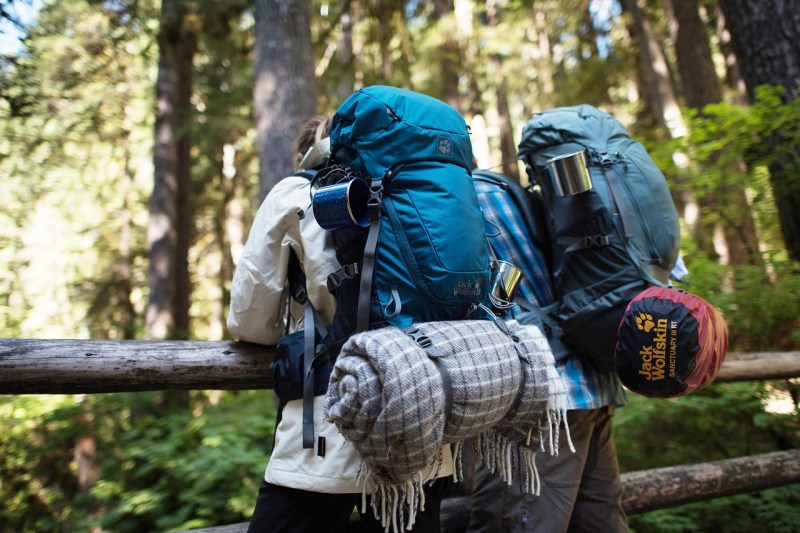
Next in a backpack size guide is the volume of backpacks. Once you know the correct size of backpack to look for, you should consider how much volume you need in a pack. Going bigger isn’t always better. The larger the backpack, the heavier its baseline weight is, generally. Additionally, the larger the pack, the more you can pack in, which can lead to over-packing or carrying too much weight when it isn’t necessary. To select the best volume of a backpack, it is important to consider what type of hiking you do most often or what the pack will be specifically used for.
Day hiking, for example, calls for a daypack that is typically no more than 25 liters. Weekend backpacking trips or
Read more: Best Hiking Daypacks
Styles and Accessories
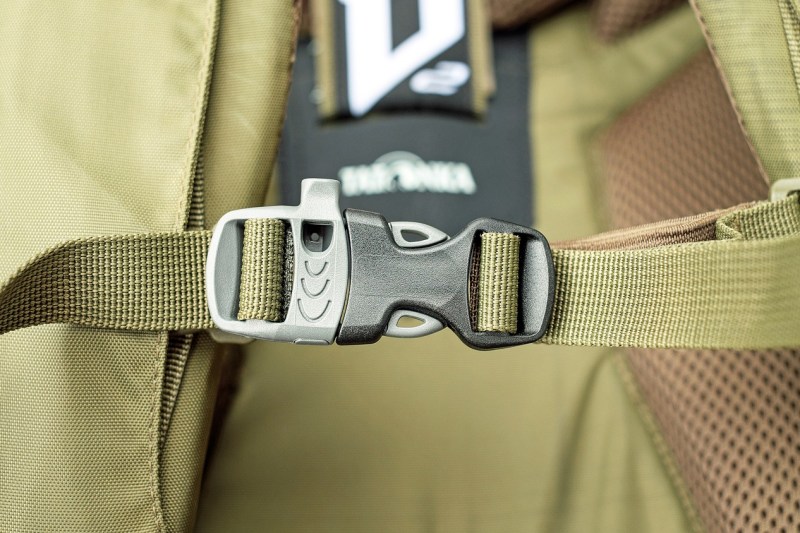
With the most important, basic components of shopping for a backpack out of the way, hikers and backpackers can then consider the styles and accessories different packs offer. Two of the most basic style options to consider are the frame styles and the padding level of different packs. The amount of padding simply depends on how sensitive your hips and back are when carrying the weight of the pack. So, daypacks likely don’t require much padding, but some people may prefer more cushion when carrying heavy loads for a weeklong trek.
Packs can have no frame, an internal frame, or an external frame made of an array of metal materials. The primary hikers who opt for a frameless pack tend to be ultralight backpackers who are very concerned about how much they need to carry. External frames are known for their ability to carry heavy loads. Internal frames, however, are the most prevalent backpack option. Internal frames are the most advanced technologically, and they often incorporate suspension systems that alleviate the weight and pressure of the pack from your hips and back. Internal frames are also designed to help keep hikers sure-footed and balanced as they walk over varied terrain.
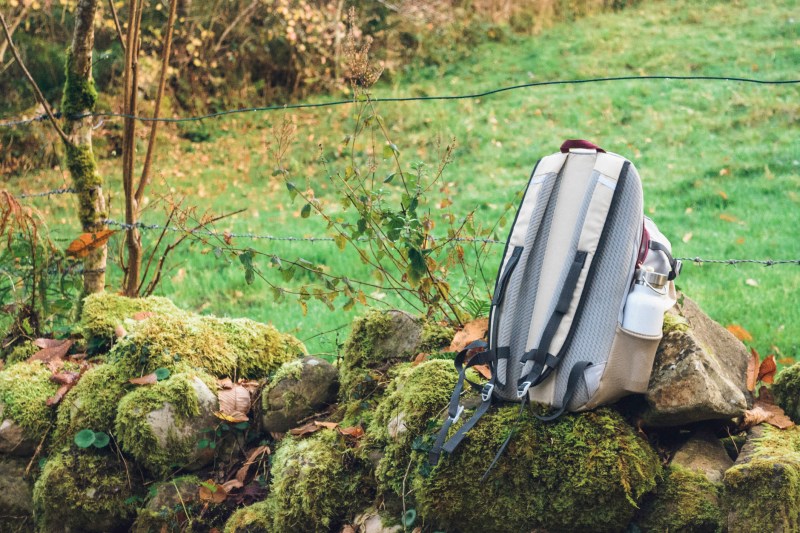
The next thing to evaluate when shopping is the accessibility the pack offers for both packing and getting to items while on the trail. Those who like to use a hydration system should look for a water reservoir while those who prefer water bottles might like external pockets for easy access. Elastic stash cords or mesh as well as other means of attachment are also helpful. These options allow you to stuff a raincoat, wet socks, a sleeping pad, water shoes, and more that might need to be retrieved quickly or might need time to dry out as you walk.
The internal organization of the pack is also important to consider. Some have special compartments to separate items that must stay dry such as a sleeping back compartment. There might be smaller pockets for keeping valuables like your keys or cell phone safe and in place. The hip belt will likely have a smaller pocket for stashing snacks, a compass, and a map, too. Those who like to keep things simple might want to have a pack without compartments or pockets and use plastic bags, stuff sacks, or dry bags to keep things safe and organized inside the pack.
Read more: Backpacking Checklist Essentials
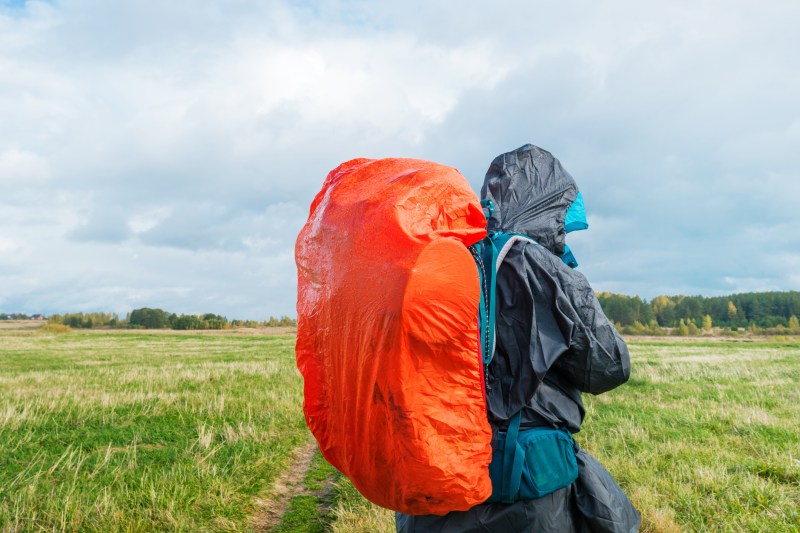
Finally, remember to think about the backpack’s ability to repel water. Most backpacks are not waterproof, but they tend to have a water-resistant coating to prevent water from drenching and soaking the entire pack. But water can still penetrate seams and zippers. That’s why it is vital to keep a rain cover, dry bags, or garbage bags on hand. Pack covers can blow off in open, high-wind conditions. But stashing items away in a variety of sizes of plastic bags or dry bags can work in a pinch to keep anything that must stay dry inside the pack just that way.
No matter how long you plan to be outside or what style of hiking or trekking you plan to do, take time to think about your habits and how you want to stay organized on the trail. Understanding how you will want to use your pack will make selecting the best option easy.

